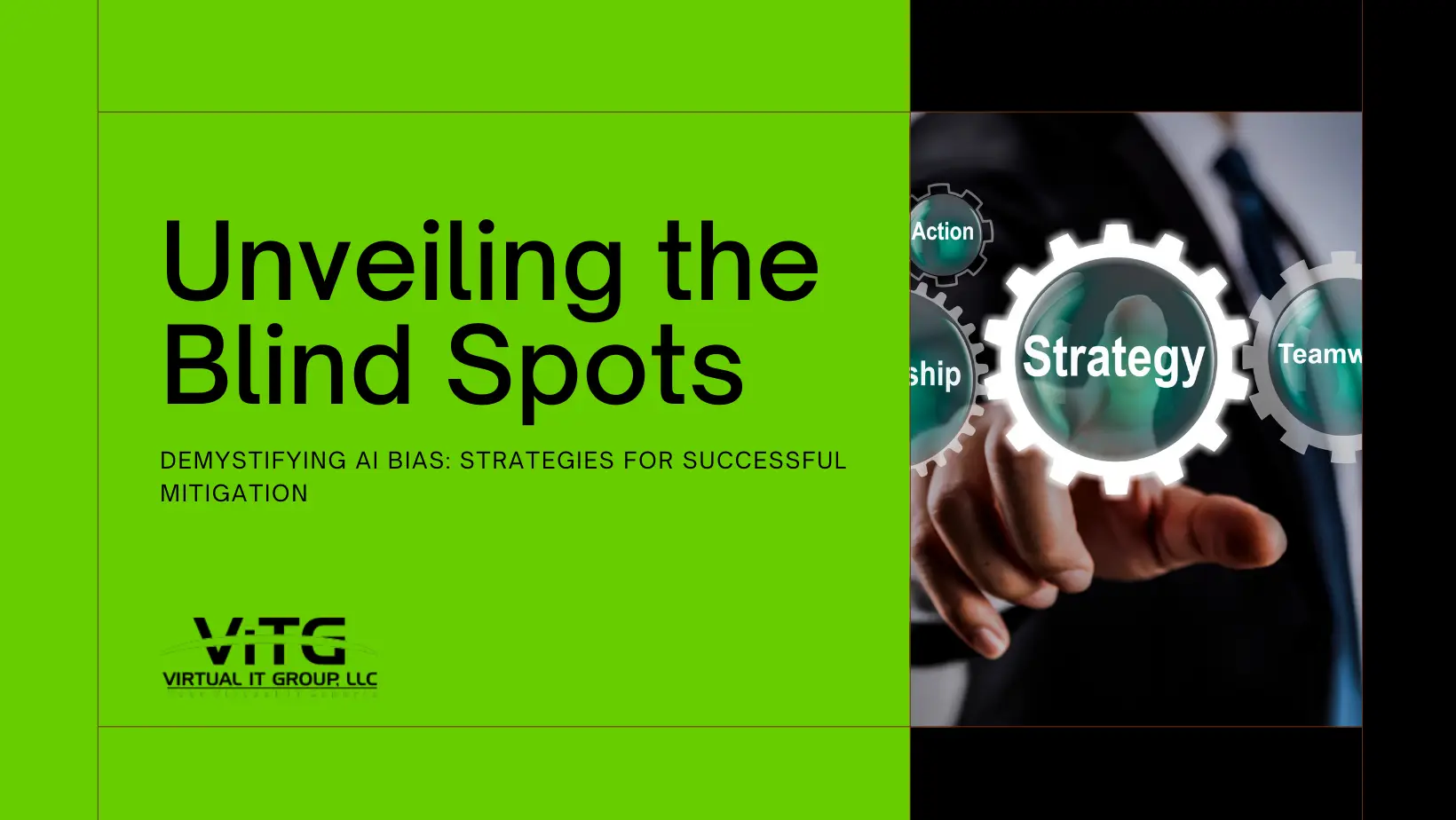Artificial intelligence (AI) has revolutionized various industries, offering remarkable advancements in automation, decision-making, and data analysis. However, with this power comes a critical challenge – AI bias. This inherent prejudice within AI algorithms can lead to unfair and discriminatory outcomes, raising ethical concerns and hindering the responsible development of this technology.
This comprehensive guide dives into the complexities of AI bias, explores its potential consequences, and unveils effective strategies for mitigating its impact.
Understanding AI Bias: The Invisible Enemy
AI bias stems from the data used to train these algorithms. If the training data is inherently biased, reflecting societal prejudices or historical injustices, the AI model will inevitably perpetuate those biases in its outputs. Here are some common sources of AI bias:
- Selection bias: Occurs when the training data is not representative of the target population. For example, an AI system trained on facial recognition data skewed towards a specific race or gender might struggle to accurately recognize faces from other demographics.
- Labeling bias: Results from human biases embedded in the labels assigned to data points. For instance, an AI system trained on loan applications labeled by biased loan officers might disproportionately reject loan applications from certain demographics.
- Algorithmic bias: Can occur within the design of the algorithm itself. Certain algorithms are more susceptible to perpetuating biases based on their structure and how they process data.
These AI biases can manifest in real-world situations with profound consequences. An AI-powered hiring tool might favor resumes with specific keywords, inadvertently overlooking qualified candidates from diverse backgrounds. Similarly, an AI-driven criminal justice system might wrongly predict recidivism rates for certain populations, leading to harsher sentences.
The Ripple Effect: Consequences of AI Bias
Unmitigated AI bias can have far-reaching consequences, affecting individuals, businesses, and society. Here’s a closer look at some potential pitfalls:
- Discrimination and unfairness: AI bias can perpetuate existing societal inequalities, leading to discriminatory outcomes in areas like employment, loan approvals, and criminal justice.
- Erosion of trust and transparency: When AI decisions lack transparency and are suspected of being biased, it erodes public trust in this technology.
- Negative brand impact: Businesses using biased AI risk reputational damage and public backlash, jeopardizing customer loyalty and brand image.
Bridging the Gap: Strategies for Mitigating AI Bias
Combating AI bias requires a multi-pronged approach. Here are some key strategies that can be implemented:
- Data diversity: Building training datasets that are diverse, representative of the target population, and free from bias is crucial. This might involve actively seeking data from underrepresented groups and employing data cleansing techniques to remove biases from existing datasets.
- Algorithmic fairness testing: Regularly testing AI algorithms for potential bias is vital. Techniques like fairness metrics and fairness audits can help find and address algorithmic biases before they are deployed in real-world applications.
- Human oversight and explainability: Keeping human oversight and ensuring explainability in AI decision-making is essential. This allows for human intervention in cases where AI decisions seem biased and helps understand the rationale behind the AI’s output.
- Promoting diversity in AI development teams: Encouraging diversity within AI development teams allows for a wider range of perspectives to be considered, potentially leading to the development of more inclusive AI systems.
Virtual IT Group a leading provider of managed IT solutions, recognizes the importance of responsible AI development. ViTG (Virtual IT Group) uses its ability to help businesses navigate the complexities of AI, including implementing best practices to mitigate bias and ensure ethical AI implementation.
Building a Responsible AI Future: A Collective Effort
Mitigating AI bias requires a collaborative approach. Here’s what different stakeholders can contribute:
- Tech companies: Tech giants developing AI systems must prioritize data diversity, algorithmic fairness testing, and transparency in their development processes.
- Governments: Governments can set up ethical guidelines and regulations for AI development to ensure it adheres to principles of fairness and non-discrimination.
- Individuals: We can all play a role in raising awareness about AI bias and holding both tech companies and governments accountable for responsible AI development.
By understanding the challenges of AI bias, implementing effective mitigation strategies, and working collaboratively, we can ensure that AI is a force for good, fostering a more fair and ethical future for all.


